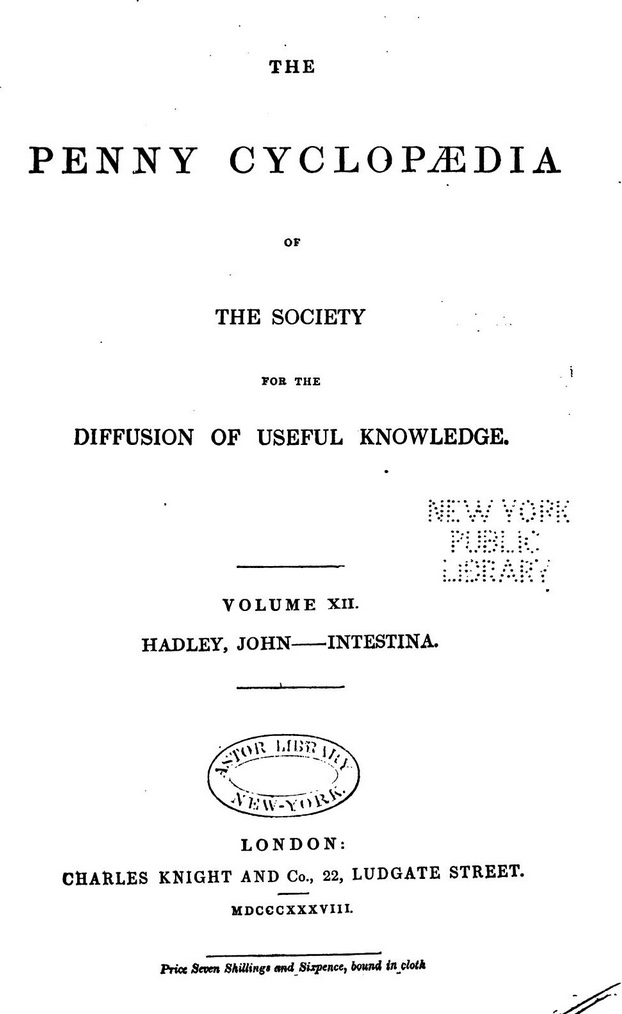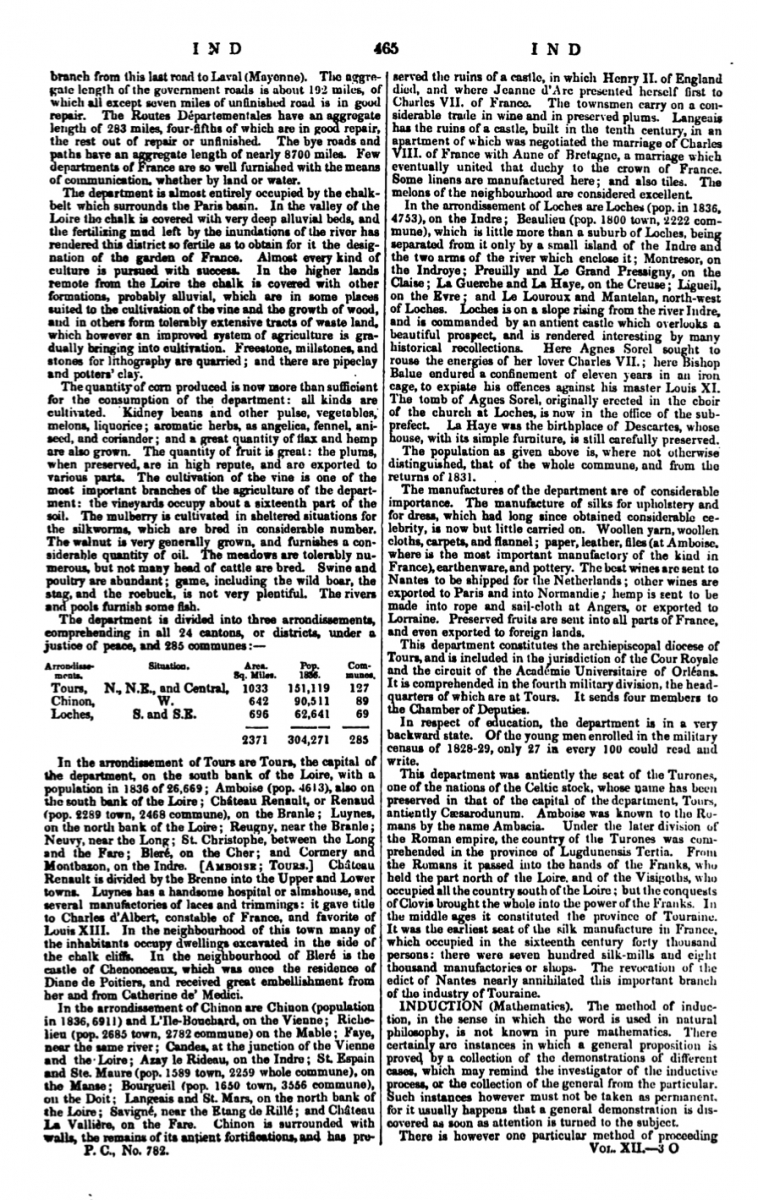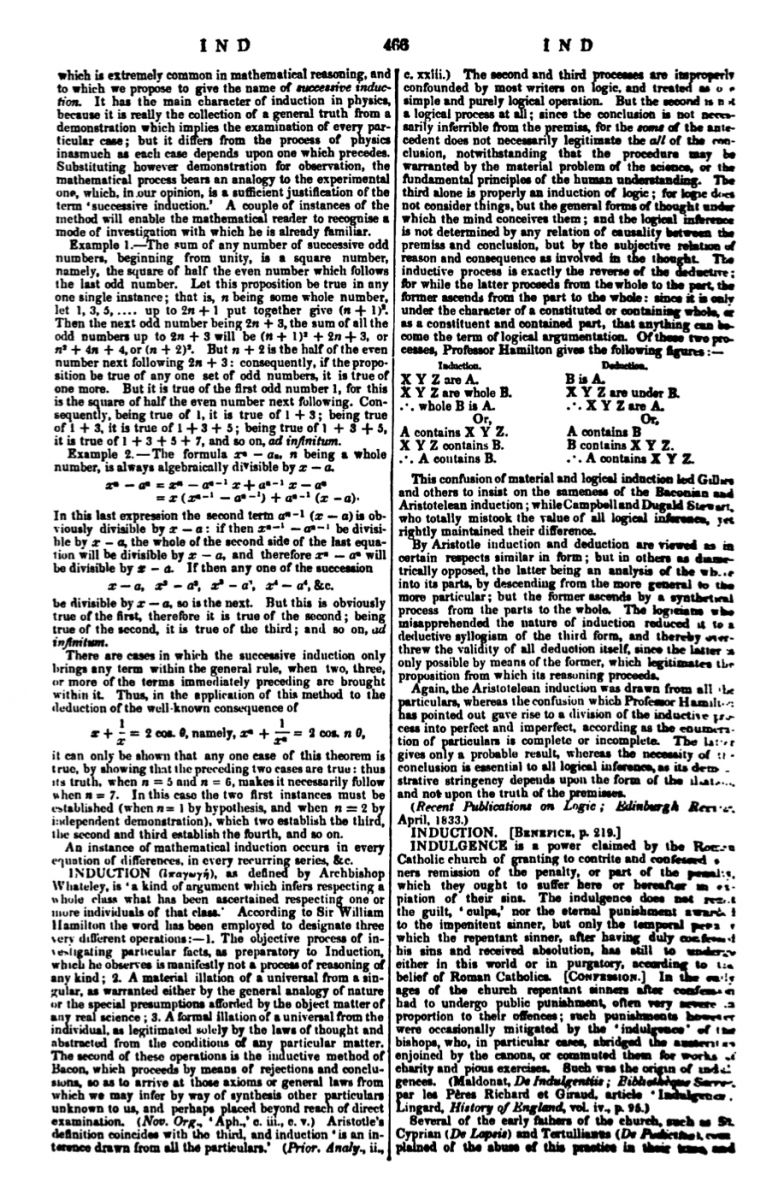- About MAA
- Membership
- MAA Publications
- Periodicals
- Blogs
- MAA Book Series
- MAA Press (an imprint of the AMS)
- MAA Notes
- MAA Reviews
- Mathematical Communication
- Information for Libraries
- Author Resources
- Advertise with MAA
- Meetings
- Competitions
- Programs
- Communities
- MAA Sections
- SIGMAA
- MAA Connect
- Students
- MAA Awards
- Awards Booklets
- Writing Awards
- Teaching Awards
- Service Awards
- Research Awards
- Lecture Awards
- Putnam Competition Individual and Team Winners
- D. E. Shaw Group AMC 8 Awards & Certificates
- Maryam Mirzakhani AMC 10 A Awards & Certificates
- Two Sigma AMC 10 B Awards & Certificates
- Jane Street AMC 12 A Awards & Certificates
- Akamai AMC 12 B Awards & Certificates
- High School Teachers
- News
You are here
Mathematical Treasure: Augustus De Morgan and Mathematical Induction
According to Florian Cajori, mathematical induction was hinted at by Jakob Bernoulli, John Wallis, Blaise Pascal, Pierre Fermat, Francesco Maurolico, and Campanus of Novara. As Cajori states, if we read “a little bit between the lines one can find traces of mathematical induction still earlier, in the writings of the Hindus and the Greeks, as, for instance, in the 'cyclic method' of Bhaskara, and in Euclid's proof that the number of primes is infinite.”
Cajori states that the publication of importance in fixing the name "mathematical induction" and containing what is considered the first modern use of the method is Augustus De Morgan's article "Induction (Mathematics)" in volume 12 of the Penny Cyclopedia (London, 1838), pp. 465–466. De Morgan was a frequent contributor to the Cyclopedia. Although he used the also-new name of “successive induction” through most of the article, his offhand mention of “mathematical induction” at the end of the article was the term that caught on with readers.

Title page of volume 12 of the Penny Cyclopedia (1838). Internet Archive.


The two pages of De Morgan's article on mathematical induction (1838). From the collection of Dr. Sid Kolpas.
A transcription of part of the article follows.
INDUCTION (Mathematics). The method of induction, in the sense in which the word is used in natural philosophy, is not known in pure mathematics. There certainly are instances in which a general proposition is proved by a collection of the demonstrations of different cases, which may remind the investigator of the inductive process, or the collection of the general from the particular. Such instances however must not be taken as permanent, for it usually happens that a general demonstration is discovered as soon as attention is turned to the subject. There is however one particular method which is extremely common in mathematical reasoning, and
to which we propose to give the name of successive induction. It has the main character of induction in physics, because it is really the collection of a general truth from a demonstration which implies the examination of every particular case; but it differs from the process of physics inasmuch as each case depends upon one which precedes. Substituting however demonstration for observation, the mathematical process bears an analogy to the experimental one, which, in our opinion, is a sufficient justification of the term ‘successive induction.” A couple of instances of the method will enable the mathematical reader to recognise a mode of investigation with which he is already familiar.
Example 1.-The sum of any number of successive odd numbers, beginning from unity, is a square number, namely, the square of half the even number which follows the last odd number. Let this proposition be true in any one single instance; that is, n being some whole number, let 1, 3, 5, .... up to 2n + 1 put together give (n + 1)2. Then the next odd number being 2n + 3, the sum of all the odd numbers up to 2n + 3 will be (n + 1)2 + 2n + 3, or n2+ 4n + 4, or (n + 2)2. But n + 2 is the half of the even number next following 2n + 3: consequently, if the proposition be true of any one set of odd numbers, it is true of one more. But it is true of the first odd number 1, for this is the square of half the even number next following. Consequently, being true of 1, it is true of 1 + 3; being true of 1 + 3, it is true of 1 + 3 + 5; being true of 1 + 3 + 5, it is true of 1 + 3 + 5 + 7, and so on, ad infinitum.
Example 1 is essentially how I’ve taught Mathematical Induction in high school and college.
References
Cajori, Florian. “Origin of the Name 'Mathematical Induction'.” The American Mathematical Monthly 25, no. 5 (May 1918): 197–201.
The Society for the Diffusion of Useful Knowledge. The Penny Cyclopedia, Vol. XII, pp. 465–466. London: Charles Knight and Co., 1838.
Sidney J. Kolpas (Delaware County Community College), "Mathematical Treasure: Augustus De Morgan and Mathematical Induction," Convergence (February 2019)




